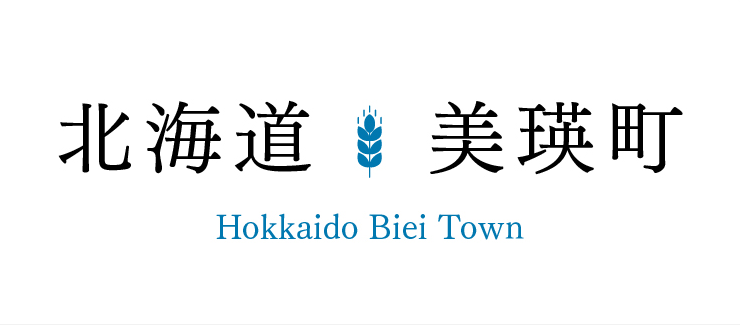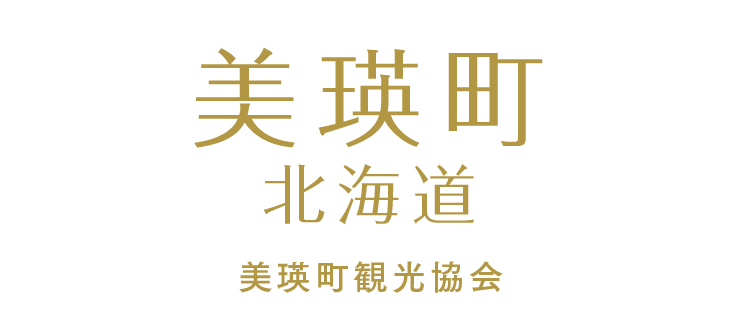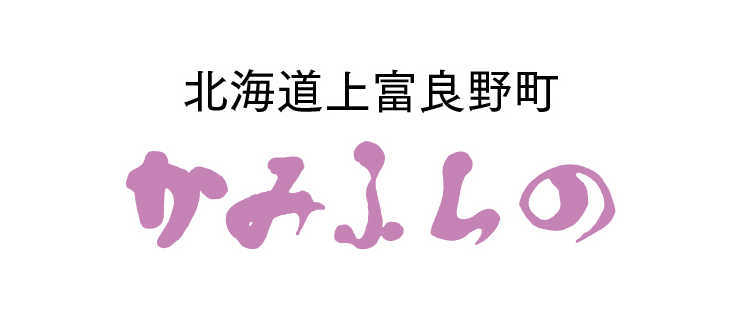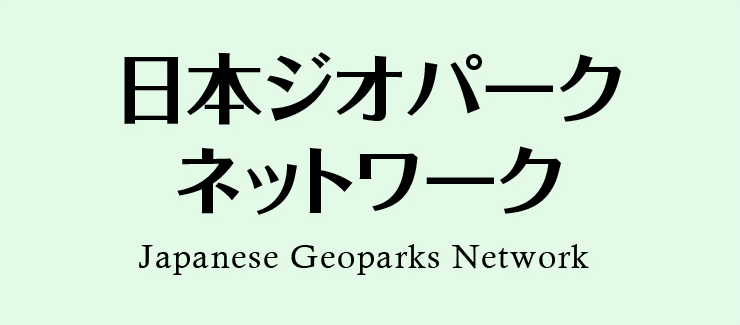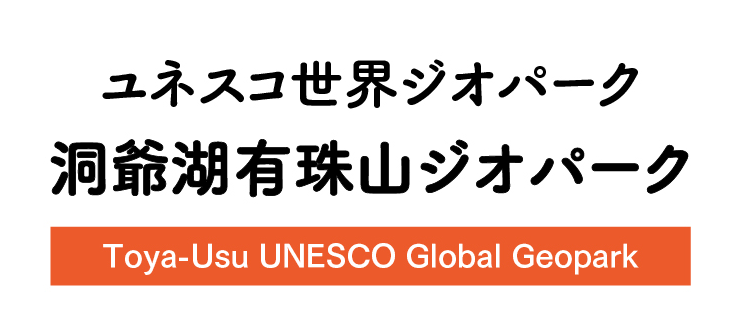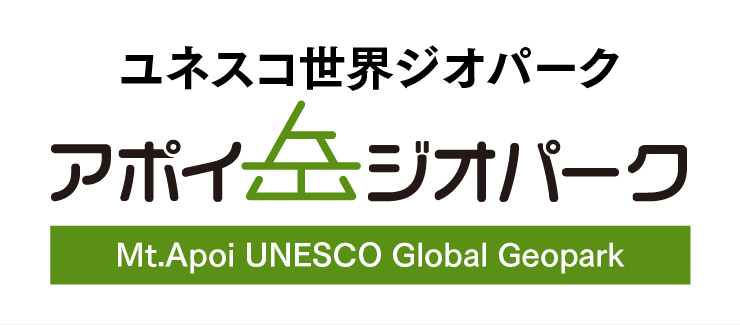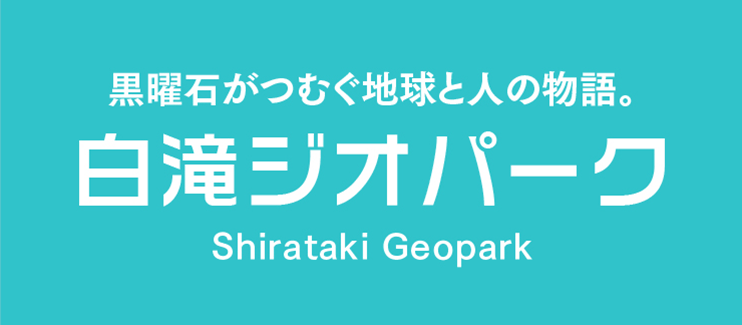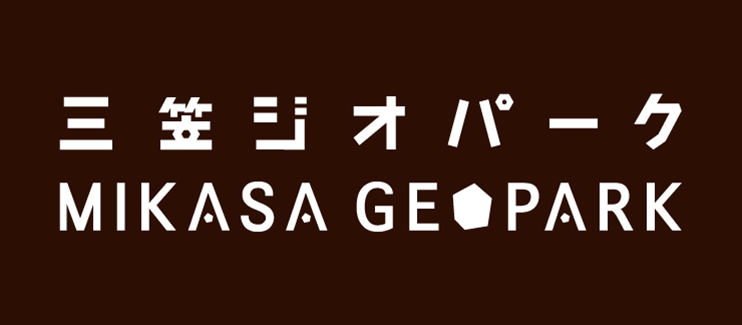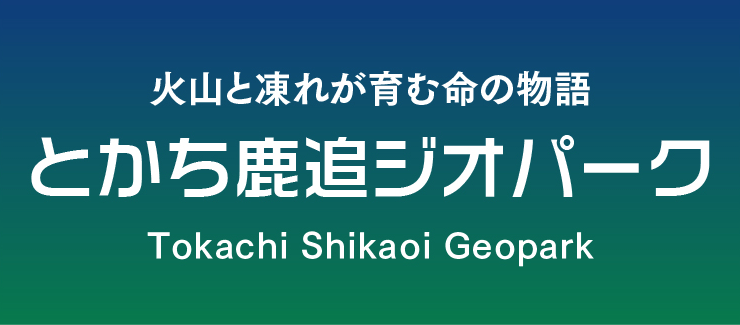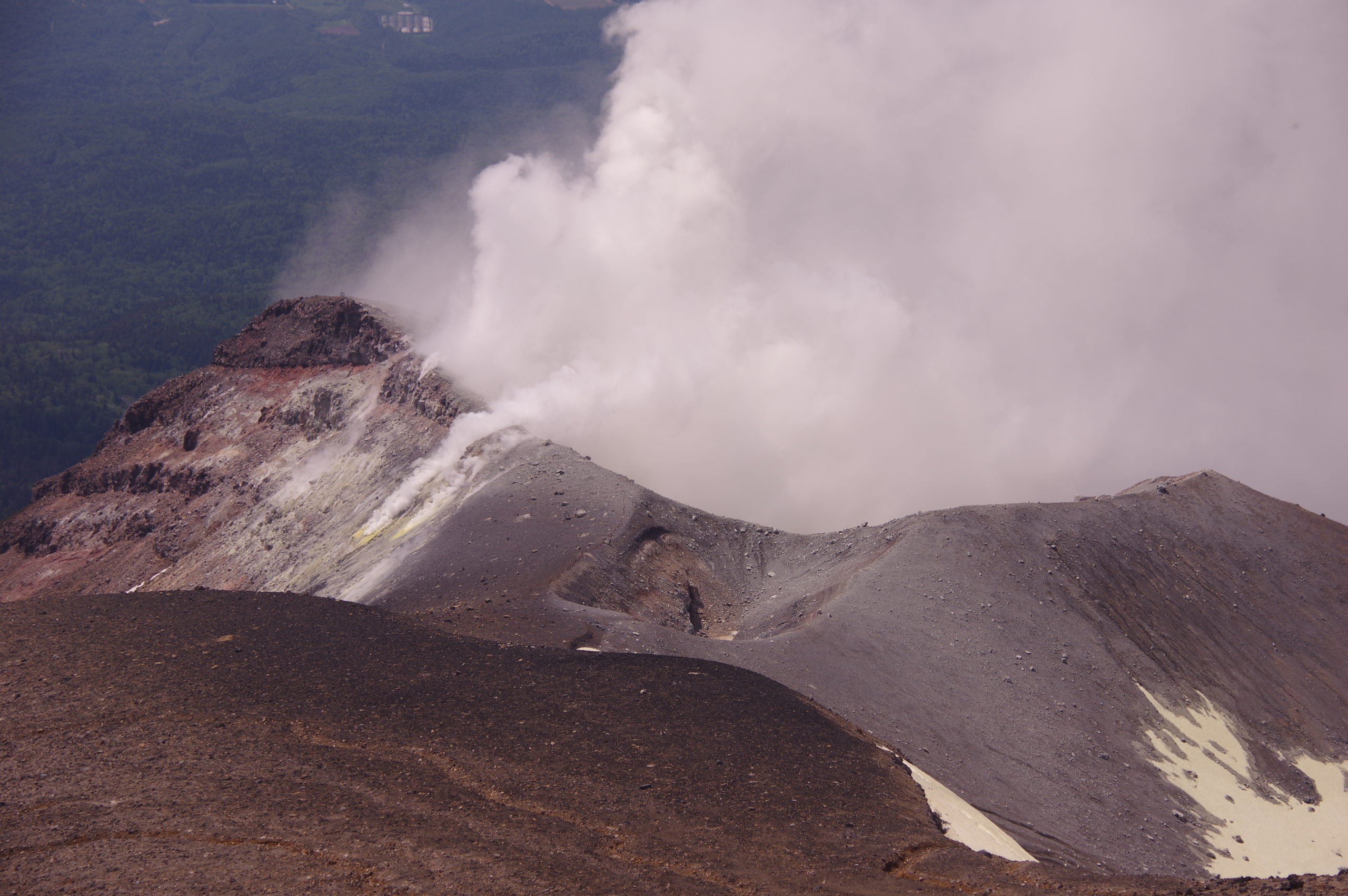
003
Central Crater and “62” Craters
The volcano has erupted three times in the 20th centuryies at Central Crater and at "62" Craters, such as 1926’s eruption causing Taisho Mudflow, 1962’s eruption producing ash fall in the eastern part of Hokkaido, and 1988-1989’s eruption bringing a pyroclastic flow. Geothermal energy, and fumarole emission still exist today around these craters.
Since it was on 24th May that eruption occurred in 1926, snow still remained near the top of Mt.Tokachidake. Due to an eruption, the northwestern part of the crater fell away, high temperature water spouted, and snow melted. High temperature water and sediment finally flowed down. It is called “Taisho Mudflow”. The mudflow reached Kamifurano town, and Biei town, and caused a catastrophe to Biei and Kamifurano towns.
The eruption occurred on 29th June 1962 was a sort of Strombolian eruption which caused eruption column rising 12,000m (39,000ft) high on the following day. The volcanic activities continued until August in the year.
A string of eruptions occurred along an inside wall of the Ground Crater, and several craters created on a straight line from the northwest to the southeast.
(62-0, 62-1, 62-2, and 62-3 Craters)
62-2 crater is the largest one among those four craters and continues fumarole emission.
The volcano eruptions occurred from 1988 to 1989 at 62-2 crater. Pyroclastic flows reached near Bogakudai. In addition, 62-0, and 62-1 craters were buried under ejecta from volcanos.
Volcanic activities still continue at those craters. Therefore, access to the area is restricted to authorized personnel only. Expert companions and carrying safety instruments like gas masks are required to enter the area.
Since it was on 24th May that eruption occurred in 1926, snow still remained near the top of Mt.Tokachidake. Due to an eruption, the northwestern part of the crater fell away, high temperature water spouted, and snow melted. High temperature water and sediment finally flowed down. It is called “Taisho Mudflow”. The mudflow reached Kamifurano town, and Biei town, and caused a catastrophe to Biei and Kamifurano towns.
The eruption occurred on 29th June 1962 was a sort of Strombolian eruption which caused eruption column rising 12,000m (39,000ft) high on the following day. The volcanic activities continued until August in the year.
A string of eruptions occurred along an inside wall of the Ground Crater, and several craters created on a straight line from the northwest to the southeast.
(62-0, 62-1, 62-2, and 62-3 Craters)
62-2 crater is the largest one among those four craters and continues fumarole emission.
The volcano eruptions occurred from 1988 to 1989 at 62-2 crater. Pyroclastic flows reached near Bogakudai. In addition, 62-0, and 62-1 craters were buried under ejecta from volcanos.
Volcanic activities still continue at those craters. Therefore, access to the area is restricted to authorized personnel only. Expert companions and carrying safety instruments like gas masks are required to enter the area.

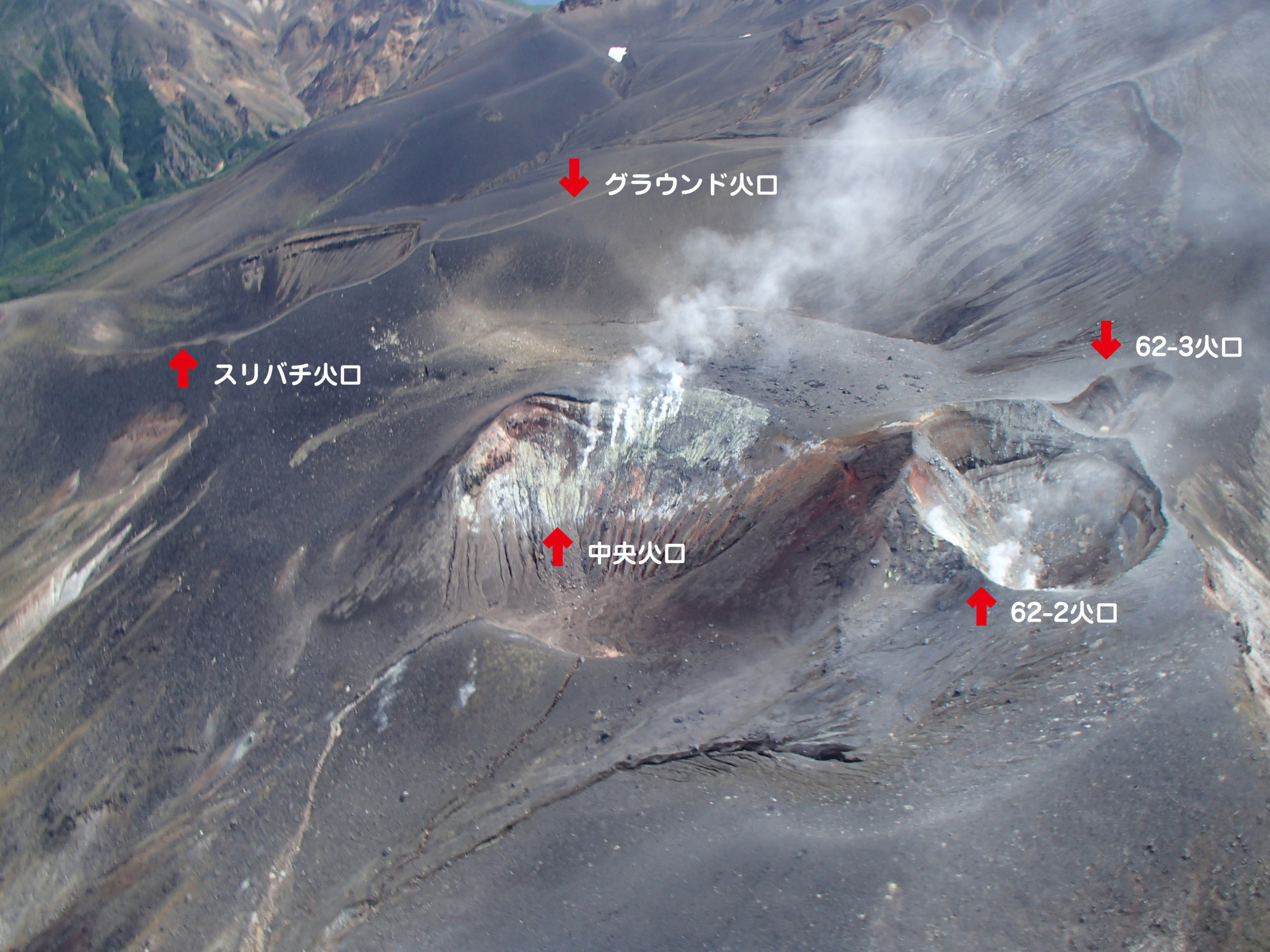
| Address | Kamifurano town, Sorachi county, Hokkaido. |
|---|---|
| Access | No public transport (31 minutes by car from Biei Station to Bougakudai) |
| Coordinates | |
| Notice | Beware of volcanic activity |
| Entry | × |
| Public lavatory | × Need a portable toilet |
| Parking space | △ Parked at Bougakudai |






